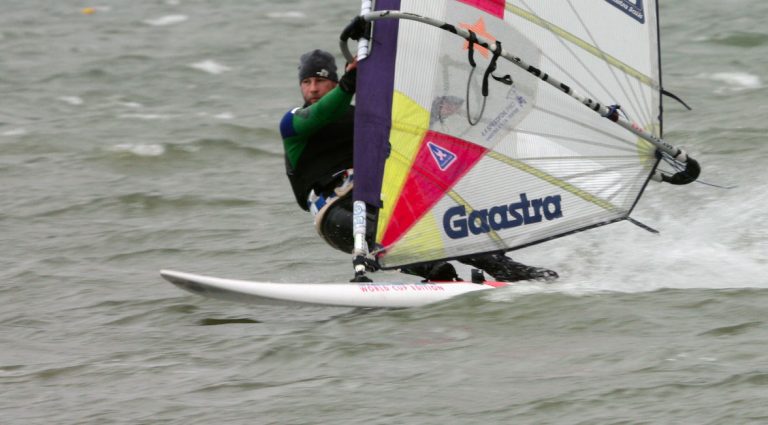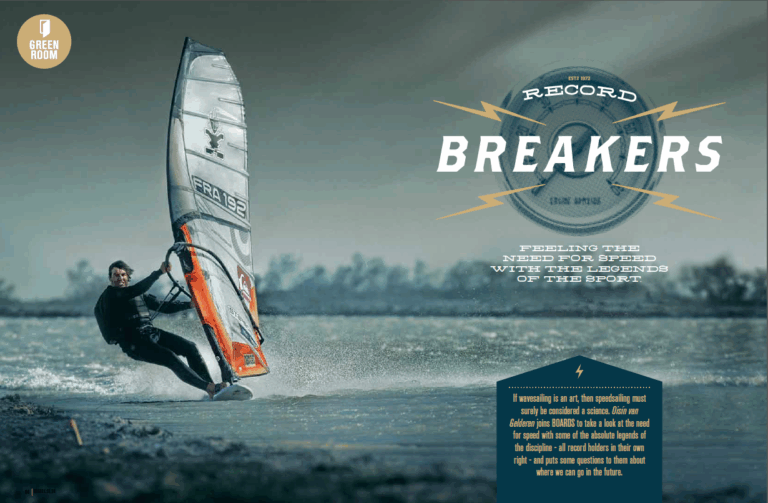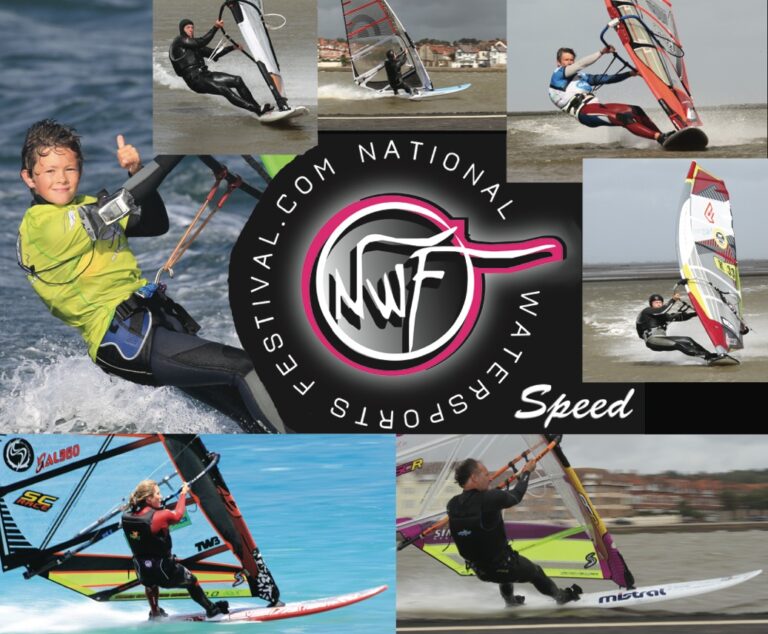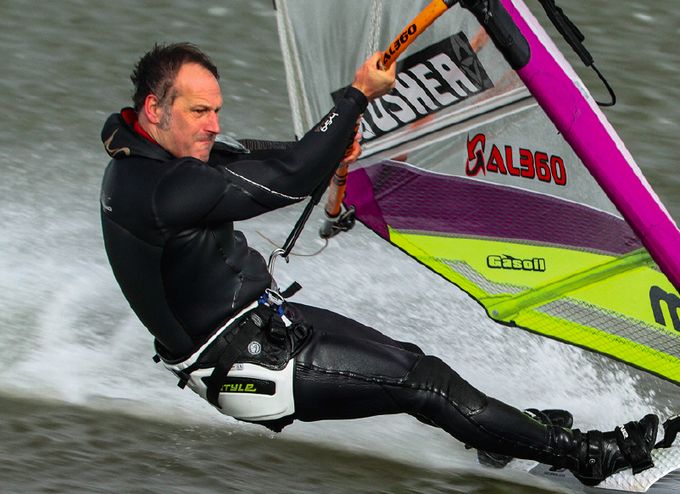The UK has some incredible windsurfing spots, but it’s not always easy to know how to sail at them. So, we’re guiding you through a range of spots, kicking off with a couple of speedsailing gems.
Here you can find out how to speedsail at West Kirby and below we’re joined by Jim Crossley to talk you through how to take on your first speed session in Weymouth or improve your GPS times at this legendary strip.

How To Speedsail Portland Harbour
Portland Harbour has long been associated with speed sailing and although no longer considered a record breaking spot, it is regarded by many to be the hub of British speed, race and slalom windsurfing. The sheltered water conditions are ideal for skills development for all GPS speed and slalom sailors.
Conditions
Portland conditions excel for sailors looking to break 30+knots or any target up to around 40knots for the fastest sailors. Sailing along the causeway gives the flattest water and is great for GPS speed sailing. It works from SSW speeding on port tack round to West speeding on starboard tack and anything in-between. Although there is always somewhere in the harbour to sail it is good to avoid low tide to be able to use the speed course.
Equipment
The wind can be a little gusty and turbulent along the course so it is advisable to use a slalom board a little bigger than in ‘normal’ speed conditions with around 80 litres being the smallest required board. Regular slalom equipment is generally the fastest with full on speed equipment rarely being quicker.
The GPS Inside Line
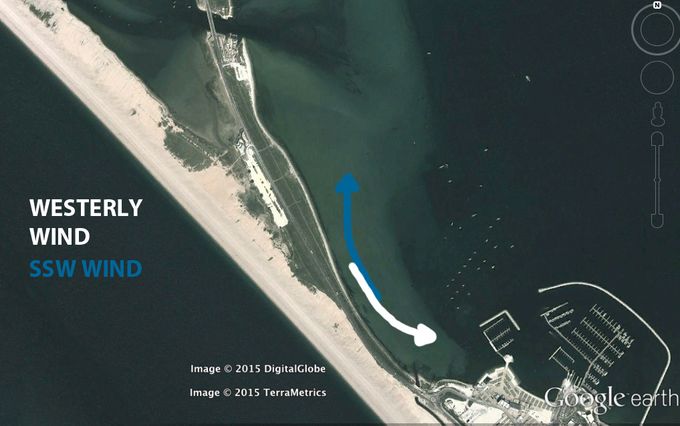
GPS sailing in Portland harbour can on the surface appear quite straight forward but to find those extra couple of knots can take a bit of local knowhow and a some practice to get a good 10 second run and max speed.
- Don’t sail to close to the beach because your speed and control will be compromised by the turbulent wind.
- Sail parallel to the beach building speed sailing off the fin all the time searching for the gust.
- Try to hold your line in the gust for 5-7 seconds to stay on the flattest water.
- Then let the board bear away in a natural curve to find that last but of acceleration, all the time maintaining fin pressure.
- Hold on for as long as you feel comfortable as you go into the rougher water at full speed and then begin to sheet out and carve back upwind.
For the 500m runs, the format used for speedweek, it is slightly different in that you are probably going to have to encounter 2-3 gusts and shifts in the wind and a range of water conditions. The course will be a combination of bearing away a little in the gusts and tightening up in the lulls, all the time conscious that the water will get rougher the further out you get.
Unique
Portland Harbour is fantastic in that when the forecast comes good there is a good chance that you won’t be alone when you hit the water. The GPS and slalom scene is big and it’s always good to sail with like-minded guys to help push your limits or know that if you have a problem you are not alone. The OTC (official test centre) is normally to hand for advice and equipment and its always worth keeping an eye out for Ross Williams, Kev Greenslade or Pete Young who are always an education to watch or sail against and generous with advice. At the end of the day it’s always interesting to upload your GPS data to www.gps-speedsurfing.com to see how you compare to the other guys or set yourself a benchmark to beat next time!

